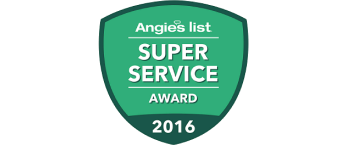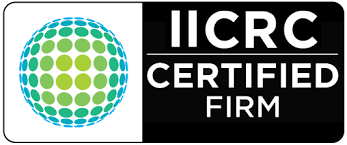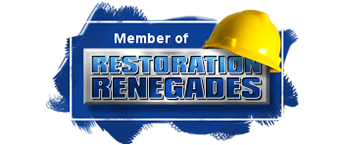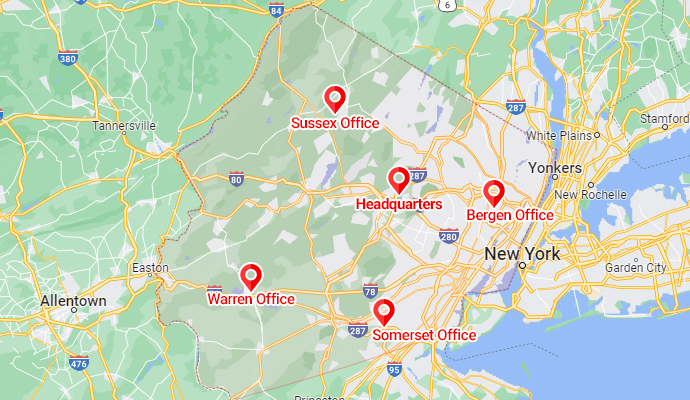The Health Risks of Water Damage and How to Mitigate Them
Water damage in a home can be more than just a structural issue. When wet, damp, or moist environments persist, they create the perfect breeding ground for various health hazards. Understanding these risks and learning how to mitigate them is crucial for maintaining a safe and healthy living environment.
Health Risks Associated with Water Damage
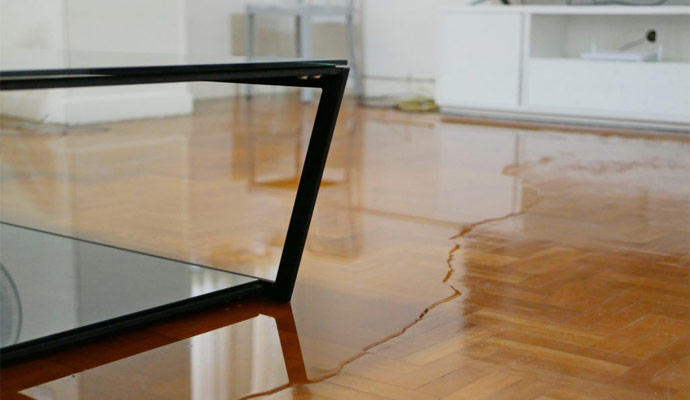
1. Mold Growth
Mold thrives in damp, humid environments, such as those found in water-damaged areas. Bathrooms, basements, and around sinks and toilets are common sites for mold. Mold exposure can lead to respiratory issues, allergic reactions, and even chronic health problems like asthma. Mold spores can become airborne, making it easy for them to be inhaled.
2. Bacterial Contamination
Standing water from floods or leaks often contains bacteria from sewage or fecal matter, especially if it involves toilet overflows. This can introduce harmful bacteria like E. coli and Salmonella into your home, posing significant health risks, including gastrointestinal infections and other serious illnesses.
3. Dust Mites
Water damage and the resultant humidity can increase dust mite populations. Dust mites are common allergens and can exacerbate conditions like asthma and allergic rhinitis. They thrive in damp environments, particularly in fabrics, carpets, and bedding.
4. Structural Damage
Prolonged exposure to moisture can weaken structural elements of your home, leading to potential accidents. Rotting wood, for instance, can collapse under weight, causing injuries. Additionally, damp and wet conditions can damage electrical systems, creating fire hazards or the risk of electrocution.
5. Chemical Hazards
Water damage can cause chemicals from household cleaning products or industrial materials to seep into the water. These chemicals can pose significant health risks if they come into contact with skin or are ingested.
How to Mitigate These Health Risks
1. Immediate Water Removal
The first step in mitigating health risks is to remove water as quickly as possible. Use pumps, wet vacuums, and dehumidifiers to eliminate standing water and reduce moisture levels. This helps prevent mold growth and reduces humidity.
2. Thorough Cleaning and Sanitizing
Clean and sanitize all affected areas. Use disinfectants to kill bacteria and other pathogens. Pay special attention to bathrooms, kitchens, and other areas where water damage is common. Ensure that surfaces are not only clean but also dry and sanitized.
3. Drying and Dehumidification
Dry out all wet and damp areas thoroughly. Use dehumidifiers to control humidity levels and prevent mold growth. Proper ventilation is crucial, so keep windows open and fans running to improve air circulation.
4. Mold Remediation
If mold is already present, it is essential to handle it properly. Use mold-killing products and remove any materials that are too damaged to clean. For extensive mold problems, consider hiring a professional mold remediation service.
5. Regular Inspections
Regularly inspect areas prone to water damage, such as around sinks, toilets, and basements. Look for signs of leaks, dampness, and mold. Early detection can prevent more significant problems and health risks.
6. Protective Measures
Wear appropriate personal protective equipment (PPE) when cleaning water-damaged areas, especially if mold or sewage is involved. Gloves, masks, and eye protection can help prevent exposure to harmful substances.
7. Repair and Maintenance
Address the root causes of water damage by repairing leaks, improving drainage, and maintaining your home’s plumbing and roofing systems. Ensure that gutters and downspouts are clear and functioning correctly to direct water away from your home.
Conclusion
Water damage can pose serious health risks if not addressed promptly and effectively. By understanding the dangers associated with wet, damp, and humid environments and taking proactive measures to clean, dry, and sanitize affected areas, homeowners can protect their health and maintain a safe living environment. Regular maintenance and vigilance are key to preventing water damage and the associated health hazards.
At PDQ Restoration, we take pride in offering expert water damage restoration services to homeowners in North Jersey. With numerous positive reviews on Google, we are highly regarded for our professionalism, efficiency, and dedication to customer satisfaction. Trust us to keep your home safe and structurally sound.



